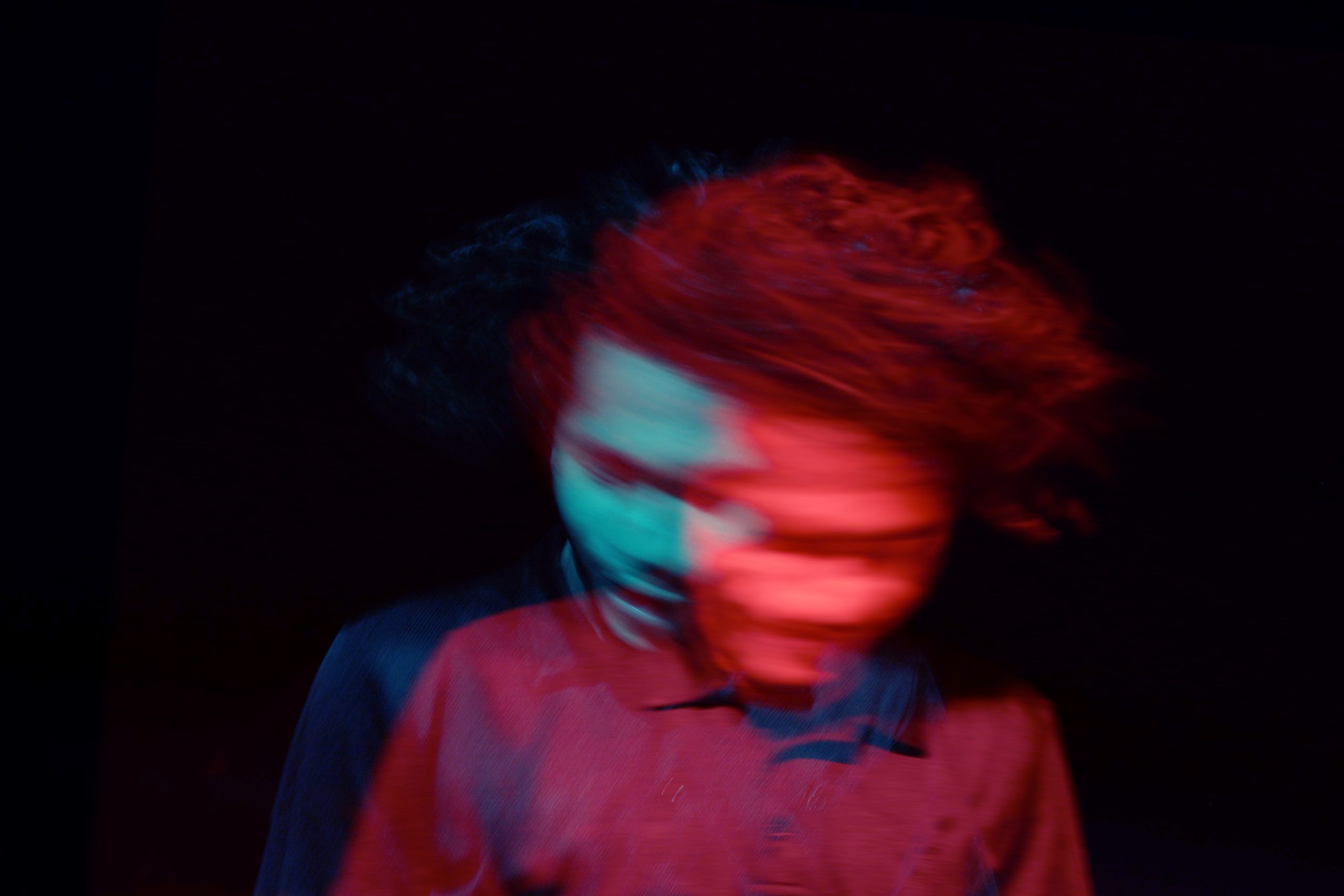When people who use crystal meth abruptly cease using the substance, they will experience withdrawal symptoms, as they do with the majority of narcotics. For many users, the most terrifying aspect of seeking treatment is the methamphetamine withdrawal process.
The intensity of withdrawal symptoms will vary depending on how long the person has been taking crystal meth and in what quantities. Becoming educated on what the crystal meth withdrawal effects look like and how it is treated may help you convince a loved one to receive the care they need and begin a life of long-term sobriety.
How crystal meth addiction affects the body
Crystal meth is a type of methamphetamine, which is a stimulant drug that acts on the central nervous system of the body. Many crystal meth users consume the drug by melting it down and smoking it via a glass pipe.
However, some people snort, swallow, or inject the substance directly into their veins. When a user consumes crystal meth, the brain produces a flood of neurotransmitters such as dopamine and serotonin, causing pleasure and increasing the user’s energy, sociability, and attentiveness.
The effects of crystal meth are powerful and relatively quick, often commencing within 5-20 minutes of ingestion and lasting for a long time. Crystal meth users may experience the effects of the substance four to twelve hours after first ingesting it, depending on the dose. One of the reasons consumers are driven to crystal meth is the long-lasting high.
Meth can induce even more harmful alterations to the body over time. Long-term meth users, for example, may begin to suffer hallucinations due to changes in their brain chemistry. The impression of bugs crawling under the skin (also known as “meth mites”), which causes the user to scratch and pick at their skin, is a common hallucination experienced by crystal users.
Crystal meth users also have a tendency to clench their jaws and grind their teeth, which, combined with decreased saliva production due to prolonged dehydration, can contribute to what is commonly referred to as “meth mouth.”
Meth mouth is a term used to describe chronic meth users who have extensive tooth and gum rot. “Meth mouth” refers to a crystal meth user who has darkened, rotting, damaged, or missing teeth, as well as gum disease.
Withdrawal
In addition to strong cravings, depression, and thoughts of or attempts at suicide, other signs of crystal meth withdrawal may include:

- Sleepiness that is excessive
- Inability to experience pleasure (also called anhedonia)
- Lethargy
- Terrors at night
- Appetite stimulation
- Slowed brain cognition
- Jitters or repetitive movements
- Psychosis (usually hallucinations or delusions)
The severity of these withdrawal symptoms might vary depending on how long a person has been using meth, how much they regularly consume, and their overall physical and mental condition.
Many people who use crystal meth will have withdrawal symptoms within 24 hours of stopping. When users undergo withdrawal, studies reveal that the majority of people experience the most severe withdrawal symptoms in the first 7–10 days.
Withdrawal symptoms, notably cravings and depressive behavior, tend to be strongest at the beginning of the withdrawal period and then slowly decrease over time. Withdrawal symptoms can last for up to a month after stopping using crystal meth.
However, after the initial withdrawal period, any remaining withdrawal symptoms tend to be milder.
Supporting a loved one with crystal meth addiction
Supporting a loved one with a crystal meth addiction or through the withdrawal process can be hard going, and in many cases, professional help will be needed to get through it.
Although it is possible to withdraw from crystal meth at home, many crystal meth users may find it easier and more comfortable to go through withdrawal at a medically monitored treatment center or hospital.
In these settings, people will go through withdrawal under medical supervision, whether as an inpatient or outpatient. This means that doctors and other addiction specialists will be able to keep an eye on them in case any problems come up.
Doctors may be able to prescribe medicine to help relieve crystal meth withdrawal symptoms. These, like other medications, must be adjusted to the individual’s specific needs. However, most drugs used to treat crystal meth withdrawal symptoms attempt to:
- Control the depression symptoms.
- Reduce the desire for crystal meth.
- Assist patients in developing a regular sleeping routine.
The Robert Alexander Center for Recovery is a drug and alcohol rehab program in Kentucky that provides each client with evidence-based, customized, and supportive treatment on an inpatient and outpatient basis.
We realize that there is no one-size-fits-all solution to the disease of addiction. Our primary focus is on the individual. We create personalized treatment strategies for each client to ensure long-term success in substance abuse rehabilitation.
We are with you every step of the journey, from the first phone call to the final discharge. The Robert Alexander Center for Recovery in Kentucky cares about you and your loved ones and is here to assist you in achieving long-term, sustainable recovery from crystal meth addiction and withdrawal.

